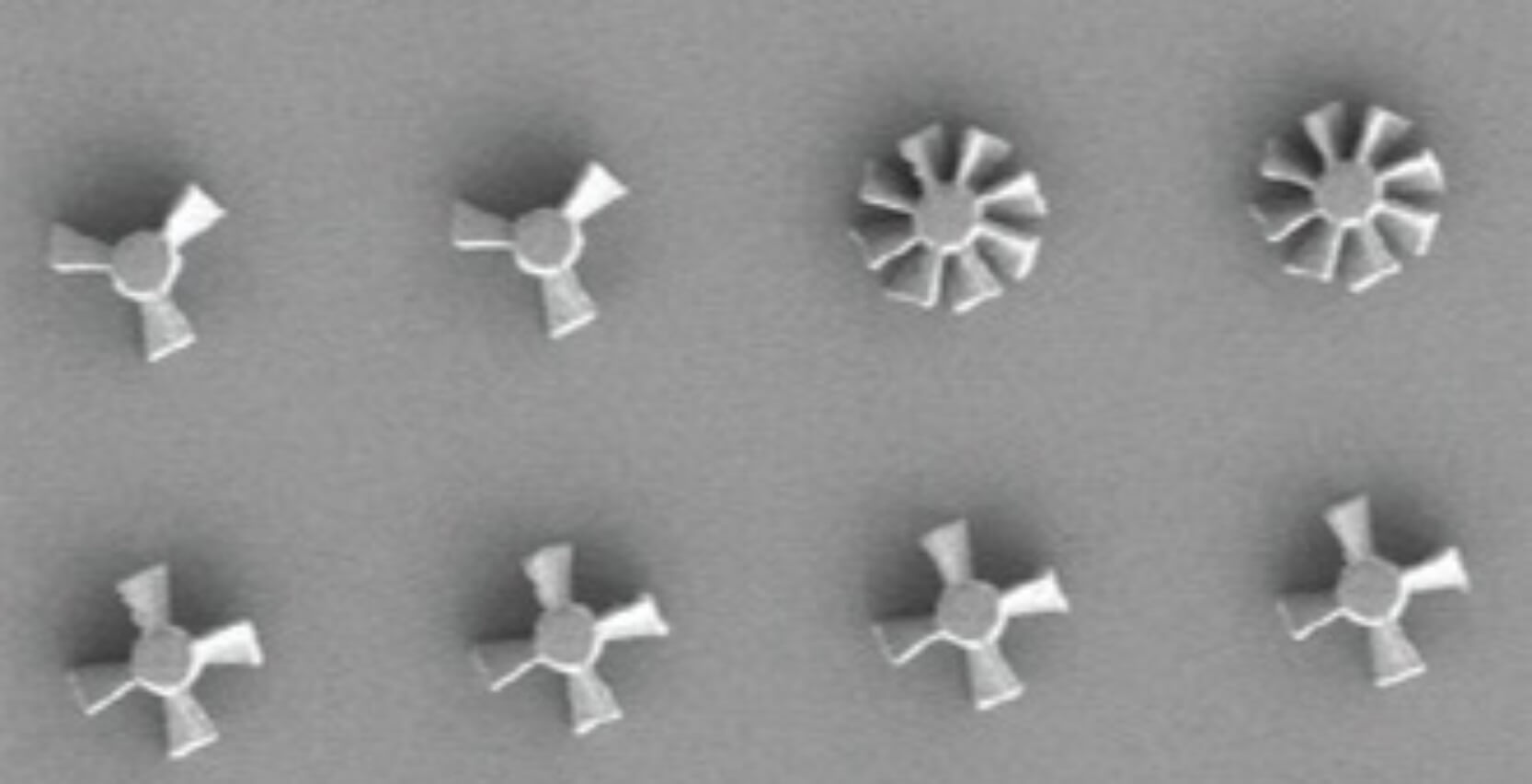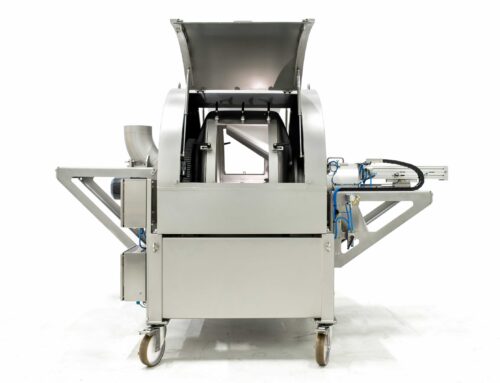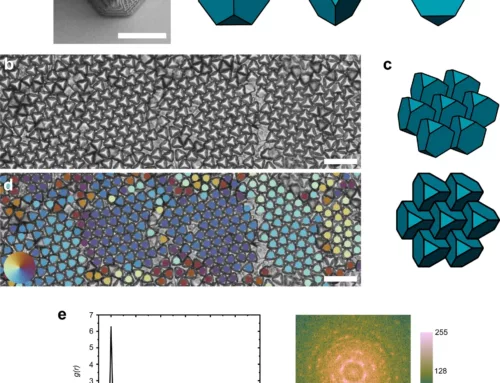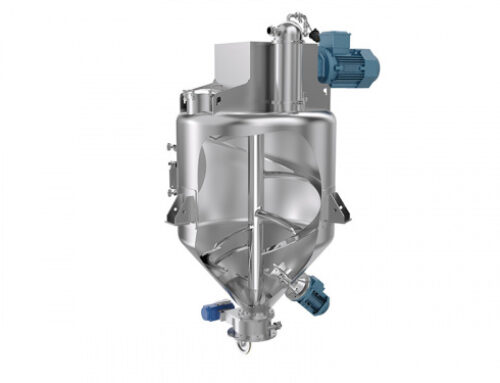
Nano-Propellers drug delivery
A team led by Penn State’s Professor Igor Aronson has innovated self-propelled nanoparticles, overcoming their erratic movements. Published in Small, the researchers redesigned the particles into propeller shapes, unlocking precise control and increased functionality for potential applications in drug delivery and lab-on-a-chip systems.
Innovation in Particle Shape
Traditionally limited to rod and donut shapes due to fabrication challenges, the team used a nanoscribe machine to 3D print propeller-shaped nanoparticles at the nanoscale. This novel design improves control over the particles’ movements, addressing the challenge of their random, directionless behavior, opening the door to Nano-Propellers’ precision drug delivery.
Chirality for Enhanced Movement
The propeller shape, employing chirality similar to a screw or spiral staircase, enables controlled movements triggered by a chemical reaction or magnetic field. Chirality dictates the direction of movement, providing a new dimension for navigating nanoparticles in complex ways.
Optimizing Stability
Experimenting with the number, angle, and thickness of fins, researchers identified optimal parameters. Propellers with four or more fins at a 20-degree tilt and 3.3-micron thickness demonstrated enhanced stability. This controlled stability facilitates the capture and transport of cargo particles with precision (such as Nano-Propellers’ precision drug delivery.
Directed Movement and Cargo Capture
The team harnessed a magnetic field to steer the propellers, allowing them to capture and transport polymer cargo particles with unprecedented control. This method surpasses the accidental cargo pickup observed with conventional particle shapes, opening new possibilities for targeted drug delivery.
Controlling Interactions and Rotational Directions
Manipulating the rotational direction of the micropropellers, researchers fine-tuned particle-to-particle interactions. The ability to switch rotational directions offers a powerful mechanism for propellers to attract or repel each other, enhancing overall control.
Future Implications
Professor Aronson envisions leveraging tailored mechanical, magnetic, and chemical responses to exert unprecedented control over nanoparticles. This breakthrough could shape the future of microscale devices and microrobotics, expanding possibilities in various scientific and medical applications.
The study’s co-authors include Ashlee McGovern, Mu-Jie Huang, Raymond Kapral from the University of Toronto, and Jiyuan Wang from the Heilongjiang University of Science and Technology, contributing to both experimental and simulation aspects of the research.
Source: Multifunctional Chiral Chemically-Powered Micropropellers for Cargo Transport and Manipulationhttps://onlinelibrary.wiley.com/doi/10.1002/smll.202304773




